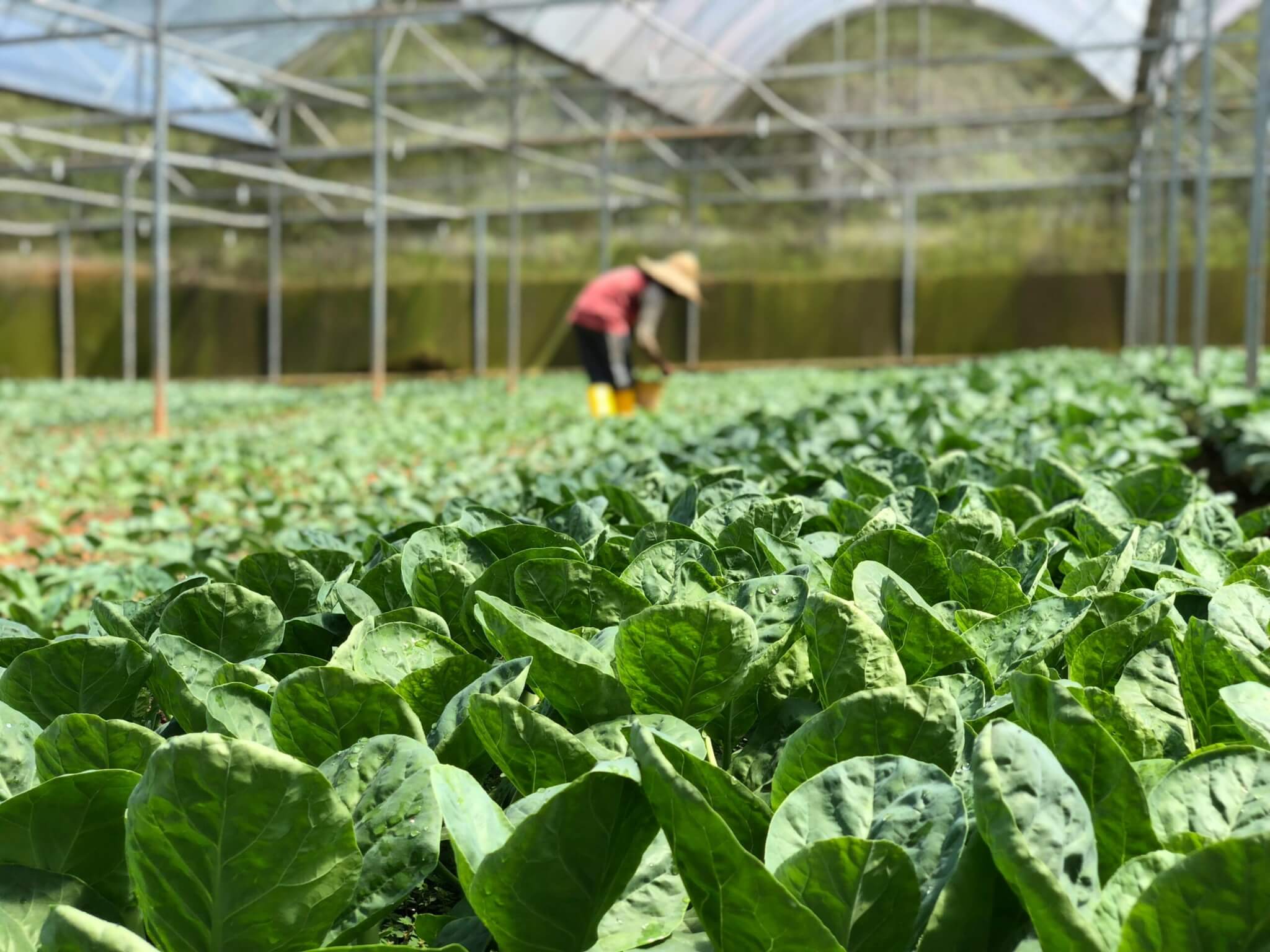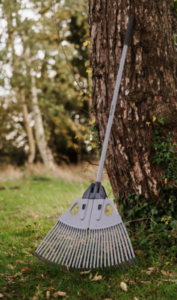The Horticulture Industry Forum’s 12 labour force recommendations

The Horticulture Industry Forum issued recommendations to address areas highlighted in the Teagasc labour survey report from September 2018.
29 January 2019
The Horticulture Industry Forum (HIF) has issued recommendations to address areas highlighted in the Teagasc labour survey report from September 2018.
The Teagasc labour survey contained the responses from 20 representative producers in each horticulture sub-sector. Each were required to complete a questionnaire with 30 questions related to challenges and impacts of labour shortages.
The survey found 50% of staff employed were full-time permanent, 77% were foreign nationals, 87% worked at ‘operative’ level, and 83% earned between minimum wage up to €12 per hour.
There was a 14% vacancy rate across the sectors, 67% stated these difficulties are undermining their confidence to expand, 57% reported difficulties maintaining current output, and 90% of producers relied on word of mouth for recruitment, many exclusively
Growers cited pay as the most important factor in attracting and retaining staff. While staff training is offered, particularly in areas required legally, most respondents acknowledged more structured approach required.
The survey concluded that there is a serious problem with labour supply in horticulture with a 14% vacancy rate. Recruitment and retention are difficult and are likely to become more difficult. Managing the selection, recruitment and retention of horticultural workers will need to come into focus if the industry is to be sustainable.
Stiofan Nutty of HIF presented HIF’s labour force recommendations at Teagasc’s Labour in Horticulture seminar on January 16 to address the labour shortages currently being experienced by the industry.
1. Highlight to retailers the case to improve margins to enable growers to increase staff remuneration and work with retailers to achieve this
2. The industry to work with growers to identify immediate ways to:
- Improve take up work permits under the DBEI 2018 Pilot Work Permit Scheme.
- Improve recruitment strategies c) Better access suitable accommodation.
3. The industry to work with growers to identify immediate ways , including access to Lean and Lean funding, to reduce operating costs to facilitate increasing remuneration and improve working conditions:
- For staff currently working in the industry to improve retention rates.
- To attract new staff who are best suited to the type of work required.
4. Learning from the operation of the current Pilot Scheme and drawing from recommendation 5.20 in the recently published report of the Review of Economic Migration Policy, work with DBEI to develop a Seasonal Work Permit Scheme that would replace the pilot scheme: – Making provision for non-EEA agriculture students to come and work in Ireland for 9 months as part of their studies and linked to the Teagasc “Apprenticeships in Horticulture” scheme – Providing for a 9-month permit for seasonal harvesters on a longer term basis
5. The industry to communicate to producers the findings of the Labour Survey report and highlight the need for improvement in HR management and recruitment practices
6. An industry Knowledge Transfer programme to be developed (by Teagasc, Bord Bia, IFA and Horticulture Industry Forum) to upskill producer capacity to achieve best practise with HR management, recruitment and retention
7. Develop an industry policy on the sourcing and supply of quality accommodation for staff that would include, opportunity to apply for planning permission for suitable on-site modular accommodation and access to potential grant funding for such facilities
8. Two new schemes to be developed by industry and government that could use a combination of tax incentives and access to grant funding to enable qualified new entrant’s set-up a new business:
- A “Horticulture Enterprise Scheme” to support qualified new growers to set up a new business.
- A “Horticulture Business in Partnership Scheme” to support:
- Qualified new growers to partner with an existing horticulture business for a defined period, which if successfully completed would facilitate transfer of the business under favourable conditions to the new grower.
- Qualified sibling or siblings, who have worked in the business for a defined period, to take over ownership of the business from their parent or parents under favourable conditions.
9. An industry model for best practise in relation to pay levels and working conditions to be developed though consultation across the industry. This model to be adaptable to each of the sectors in the industry.
10. A programme to promote this model, which would also highlight the benefits of working in the horticulture industry to be developed. This would include generic promotion and physical promotional presence at career events
11. A strategy to be developed to promote the adoption and use of labour efficiency technologies. This strategy would include: a) Development of appropriate education and training programmes for staff and potential staff b) A funding mechanism (possibly through the new NDP 2020 – 2026 for Horticulture programme) to support growers to invest in beneficial technologies.
You can check out Nutty’s presentation here and Callaghan’s Labour in Horticulture presentation here.



 Print
Print







Fans 0
Followers